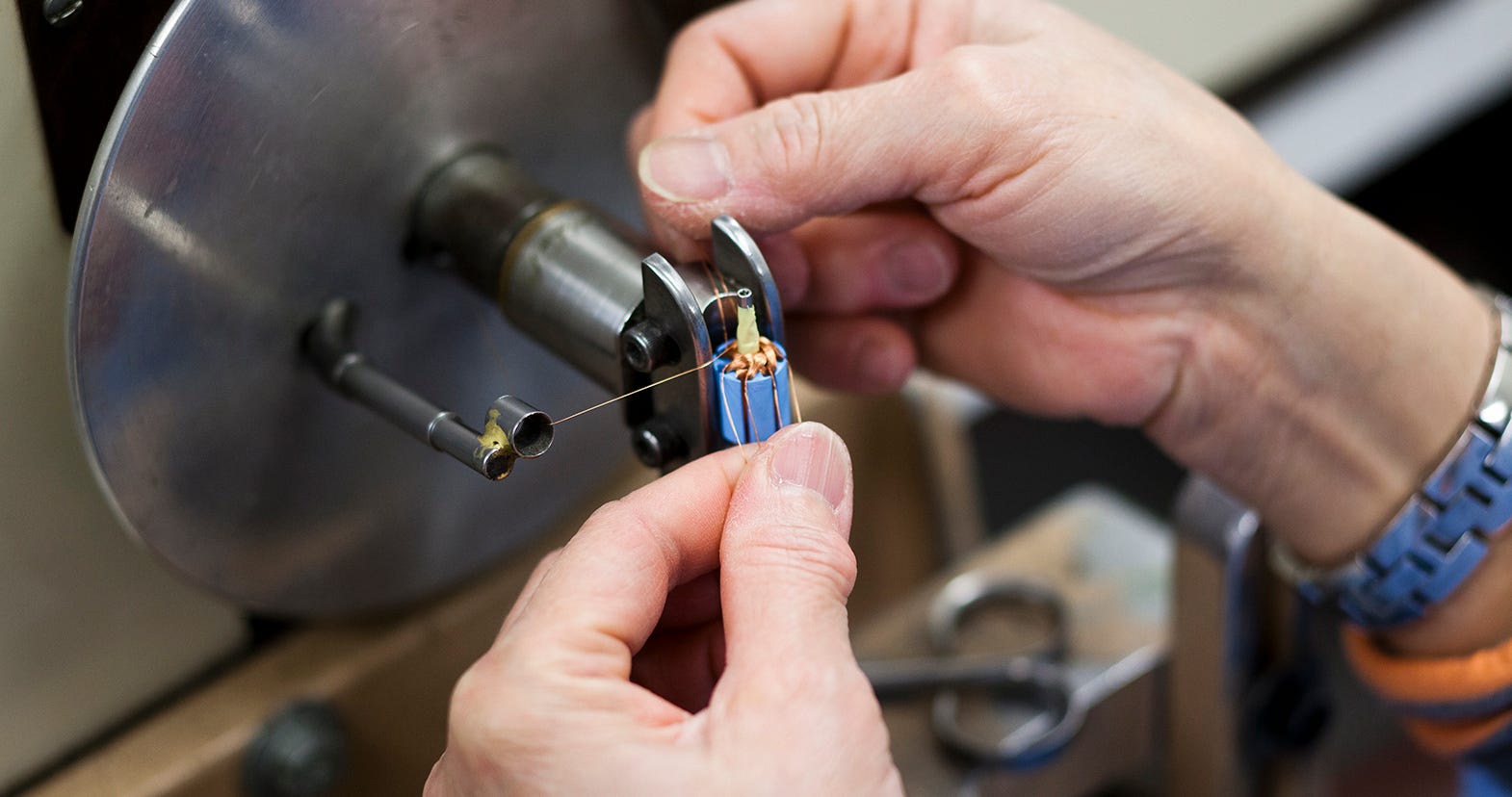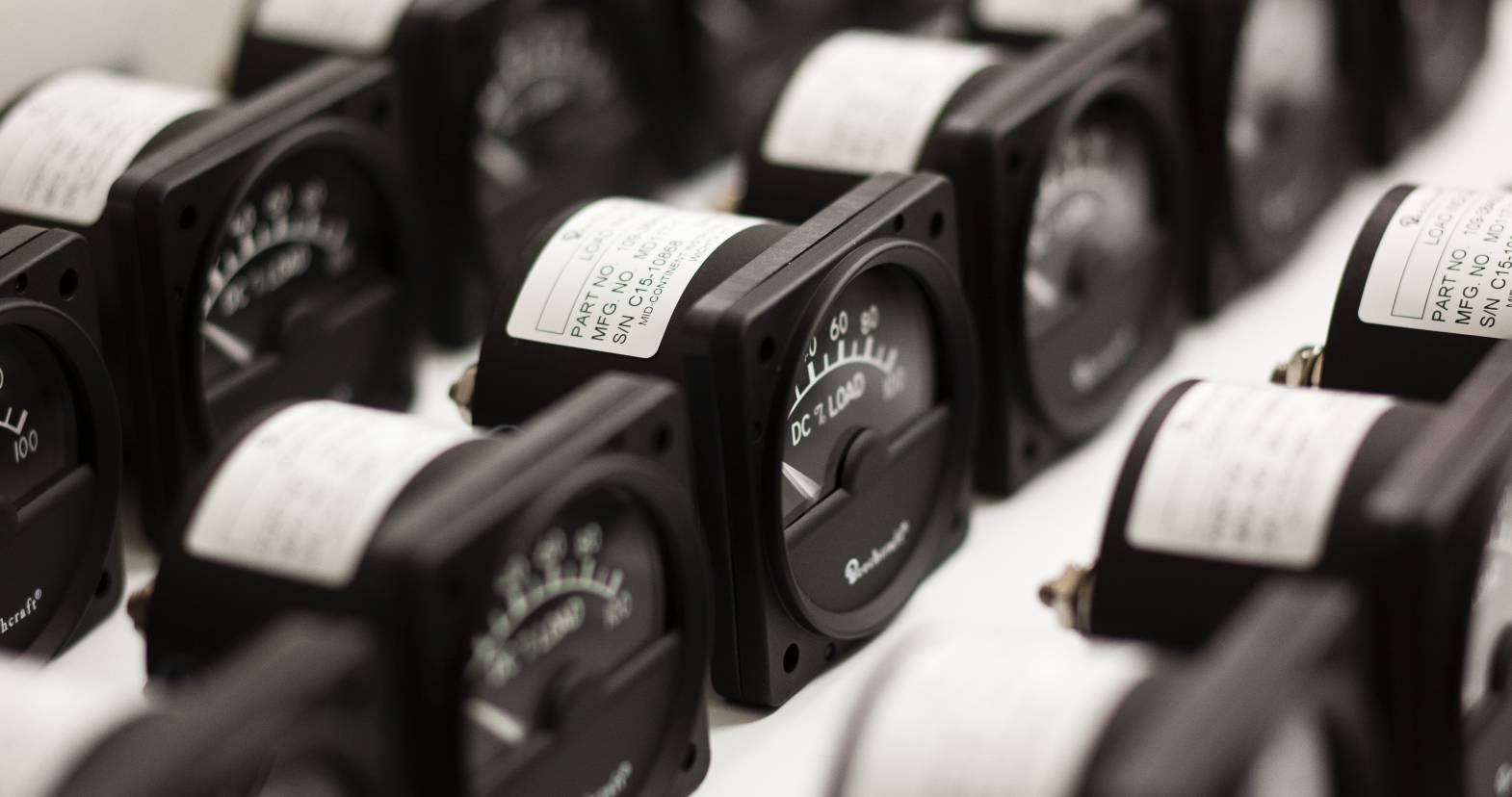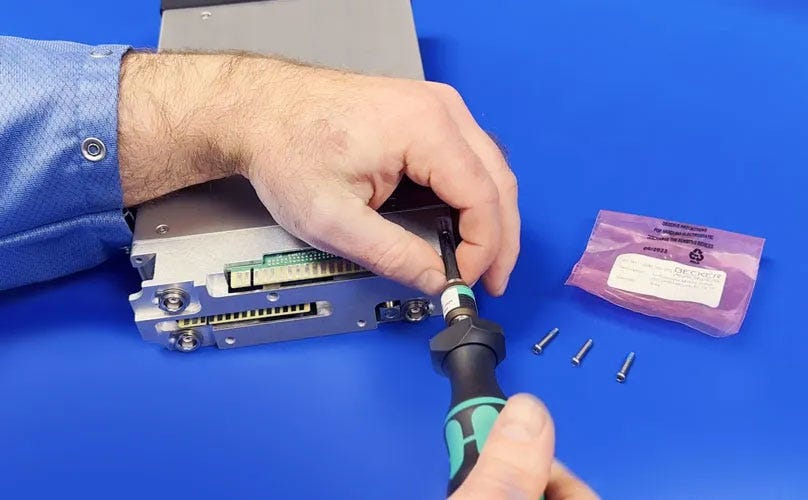
Understanding Lithium Battery Chemistries for Aviation
Choosing the right battery chemistry is essential for powering modern aircraft. True Blue Power’s lithium ion batteries are leading the way, but it’s important to note that not all lithium battery chemistries are the same. This article explains the key differences between lithium metal oxide (LMO) and lithium iron phosphate (LiFePO₄), focusing on their use in aviation.

Aviation Battery Comparisons
Even with all the advances in aviation, many aircraft still use battery technology that’s over a century old. Lead acid batteries, introduced in 1899, and nickel cadmium (NiCad) batteries, which came soon after, remain widely used. However, lithium ion batteries have become a popular modern alternative. This newer battery technology offers high energy density and lower weight—two key needs in aviation. In this article, we’ll compare lead acid, NiCad, and lithium ion batteries, highlighting the unique benefits and challenges of each type.

Why Use Lithium-ion Batteries in Aviation?
What makes lithium batteries so important for modern aircraft? In this article, we’ll explore the benefits and key considerations of using lithium-ion batteries in aircraft.

Understanding Cold Weather Effects on Gyroscope Instruments
Cold mornings can be tough, not just for us, but for your aircraft’s gyro instruments as well. If you’ve noticed issues like your attitude gyro or directional gyro (DG) moving slower during colder months, you’re not alone. This is a common problem that many pilots face, particularly when temperatures drop. Let’s dive into why this happens and what you can do about it.

Replacing Your KX 155 with the New KX 200: A Closer Look at the Honeywell KX 200
If you're dealing with an aging KX 155 unit in your aircraft, you're not alone. Many aviators are finding it increasingly difficult to source replacement parts for these older models, and the cost of repairs is on the rise. Fortunately, there's a straightforward solution that will be available soon. The new Honeywell KX 200 radio is a drop-in replacement for the KX 155.

Overhauling Your KX155 and KX165 Navigation and Communication Systems
For more than 30 years, Mid-Continent Instruments and Avionics has been overhauling BendixKing KX155 and KX165 navigation and communication systems. Here, we’ll take you through how we ensure these aircraft components are restored to their optimal performance.

Understanding USB Connector Types
We’re surrounded by personal electronics, like cellphones and tablets, everywhere, even onboard aircraft. This means understanding USB connectivity is important to make sure we stay charged and connected. Each USB connector type comes with a unique set of features and charging advantages, vital for powering up our devices efficiently. This article discusses the differences between USB-A and USB-C connectors.

AeroCruze 100 and xCruze 100 Autopilot Setup After PV.40 Software Update
The PV.40 software update for the BendixKing AeroCruze 100 and xCruze 100 autopilots (formerly TruTrak Vizion and Gemini) brings greater compatibility with other aircraft instruments, including the Garmin G5 and Aspen E5 Electronic Flight Instruments. This article walks through the setup process for the AeroCruze 100 and xCruze 100, after the PV.40 software update has been completed by a qualified repair station.

Kannad ELT Battery Replacement
This article explains Kannad Emergency Locator Transmitter battery replacement, a common challenge among aircraft operators, and outlines the process Mid-Continent Instruments and Avionics uses to keep your ELTs in top-notch condition.
Butler National Corporation Announces STC Approval for Mid-Continent Instruments and Avionics 2-inch Digital Attitude Indicator and Counter Drum Encoding Altimeter on Learjets
Mid-Continent Instruments and Avionics today announced Butler National Corporation (OTCQX: BUKS), a leading manufacturer and provider of support systems.…
Photos View All














